There are three things you should know about the value of collectibles and art. First, the highest value for anything is that it makes you happy and it has role in your personal collection. Second, when you collect things, the finding should make you at least as happy as the having does. And third, collectibles and art, for the most part, should not be considered financial investments.
Why are average collectibles and art not great investments? That is a multi part story.
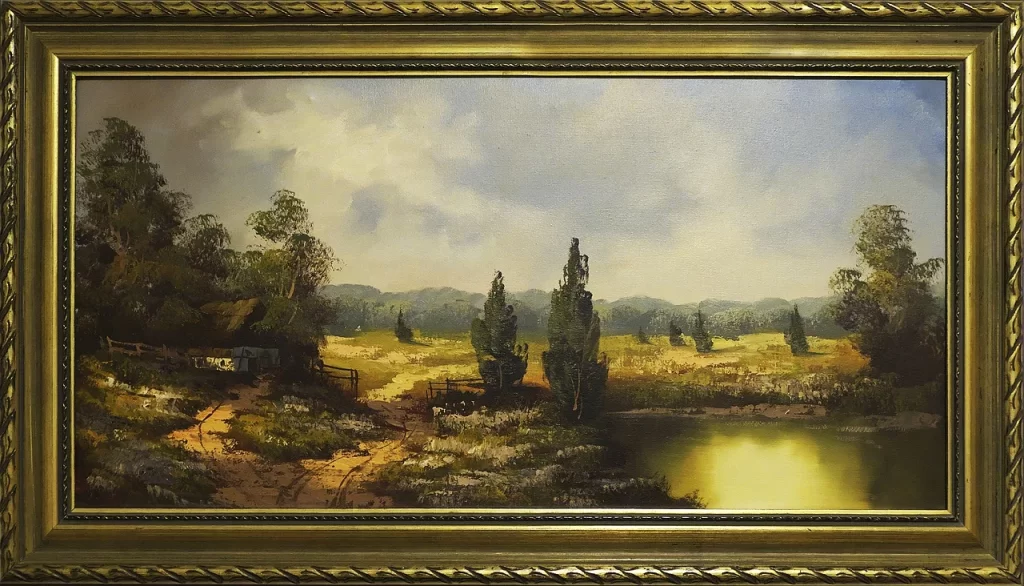
Part 1: What are we actually buying when we buy a piece of art or collectible?
We’re buying that work of art or collectible itself, but we are also buying the experience of buying it. The experience of being in the artist’s studio or in a gallery and choosing a work. The experience of being at the store right when the new batch of Beanie Babies arrived and scoring one that has eluded you. The experience of receiving a piece of fine craft as a thoughtful gift. That memory adds value to that thing.
The next owner of that item will not necessarily have that experience. They might be buying a painting that matches their sofa or a quirky little seahorse beanbag for their daughter or a pretty glass bowl. They are still having a retail experience, but it lacks the cachet of that initial buying experience.
Part 2: How do scarcity, condition and demand determine the value of something?
Some things, like gold and silver jewelry, will always have value because there is always demand for fine metals. But when you buy a piece of jewelry, you are not paying the “scrap” value of the gold and silver.” You are paying for the metal plus the value added by the jeweler’s workmanship. For example, you might pay $200 for a ring with $20 of silver in it because of the beauty the silversmith has added to that basic piece of metal. But 30 years after you purchase it, will that ring still be worth $200? Possibly, if it’s a well known artist or a distinctive design that is still appealing. But more common that it will be worth a great deal less because there will not be demand for pieces in that particular style or from that particular artist.
The more there is of something, the less it is likely worth. To use the Beanie Baby example again, Beanies that were made in small quantities are worth more because they are harder to find than ones that were made by the million. Condition comes in to play as well. Beanies that have lived a full life of play are worth less than those that were kept in a box in a closet.
Part 3: What about things that are signed and numbered?
Signing and numbering things is no guarantee of value, although it is often used as a sales tool by the maker. A signed and number print purchased at an art fair or on vacation should be regarded as decor. The fact it is numbered and signed means the artist or copyright holder controlled the reproduction process. That adds cachet and some value. But it should not be considered an investment.
Decorative plates and objects sold by companies like the Franklin Mint and Bradford Exchange are often sold as having investment value. You may have paid $25 or more per plate for a charming Norman Rockwell plate from Knowles. You may have the original box and certificate of authenticity. But you are hard pressed to go into any thrift store and not find plates from that line for under $5. That’s not a diss on Norman Rockwell. Tastes change and his work is not as popular with new buyers as it was with people who remembered his illustration work for the Saturday Evening Post.
Part 4: What about things that are old?
Age and value are not related. Some things get more valuable with age because they are considered classics or are scarce. And some things get old and out of style. It doesn’t mean it wasn’t nice to start with, it probably was. It just means it’s not the kind of thing that appeals to current tastes. Or that there are a whole lot of them, meaning there is no scarcity.
Hummels are a good example here. Early Hummels without flaws can be very valuable despite the fact that fewer people collect them now than did thirty years ago. That’s because there aren’t that many of the early ones. But most mass produced Hummels from the 1960s – 1980s are worth a fraction of the original purchase price.
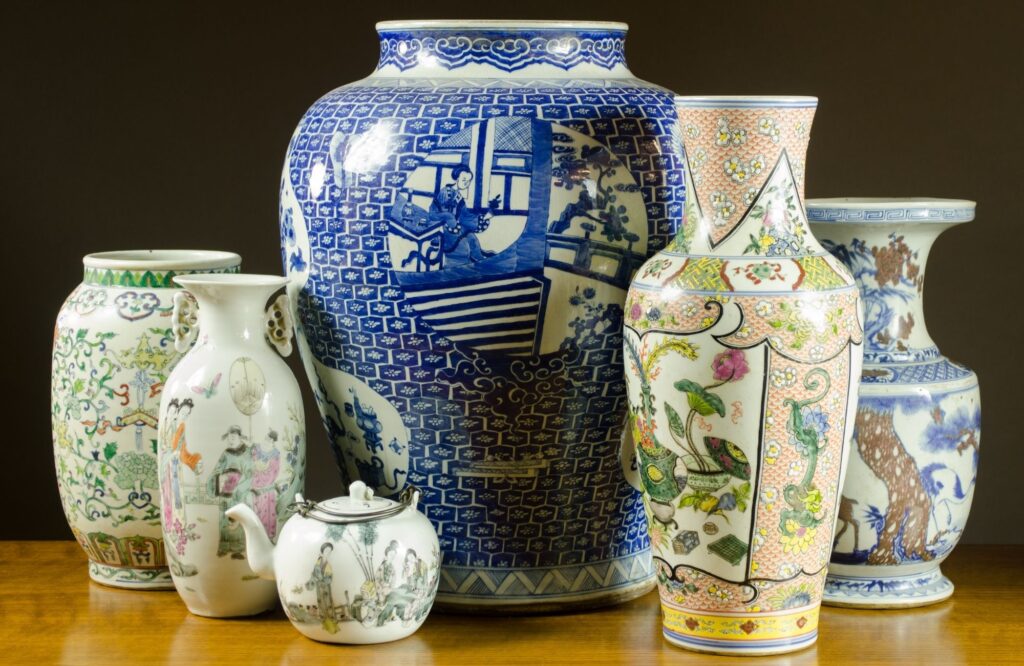
Chinese export ware from the early 1900s is another example. Fifteen years ago, pieces of Blue Canton or Rose Medallion brought good prices at auction. Now, not so much. Many of these pieces were handed down a generation or two in a family, but the current generation is less interested in having them. So many are coming onto the market that there’s a glut of beautiful pieces over a hundred years old that are no longer prized by collectors and decorators.

Part 5: What about things that were expensive originally?
As previously said, age and value are not related. Cost and current value are not always related either. A photograph purchased by a talented but relatively unknown photographer for $3000 is unlikely to ever be worth that on the secondary market.
Thomas Kinkade prints are very expensive to buy. They are also quite pricey secondhand, if asking prices on eBay are representative. This seems promising, until you look at completed listings and see that no one is buying those prints. Don’t be fooled by online prices. A seller can ask any price they want, but that doesn’t mean anyone is going to pay it.
There are some areas where the purchase price does increase value. For example, clothing. Designers make different grades of clothing. While a designer labeled garment from a department store might not increase in value, a true couture garment might hold or increase in value.
Part 6 What about things that you’ve always been told are “valuable?”
Many things are handed down in families with the imprimatur that is is “valuable.” People having things appraised are often surprised to find out that that’s not true from a financial standpoint. These things probably were an extravagance when purchased. We often justify buying something pricey, particularly non-essentials like collectibles and art, are because we assume it will hold that value. Alternately, it might have been given to us by a parent or grandparent who told us it was “valuable.”
My most valuable pieces of decor are my matched set of 1950s art deco vanity lamps that belonged to my mother. I love these lamps with all my heart and soul and when my children were small, they knew to treat the lamps gently because they are “valuable.’ Retail value is probably under $200 for the pair. But for me they are priceless.
I think this is how many family pieces wind up being deemed as “valuable.” That label means the thing must be treated gently and with respect. The true value of these pieces is mostly sentimental. Of course there are exceptions to the rule…but for most of us, this is true.
So what does all this mean?
It means that beauty is in the eye of the beholder and value is in the wallet of the retail buyer. Things are worth what someone is willing to pay. Collectibles and art should be purchased because they make you happy and not because you think they are a sound financial investment.
Antiques Roadshow is packed with people finding out that things they have collected are worth a great deal more than they ever expected. But for each person who is filmed, there are a dozen who are told their things are lovely, but not worth much. Are their things less nice than the pricey ones? Not to them. They brought the gems of their collectibles and art collections to be evaluated. Those treasures have smaller price tags on the retail market because of one of the reasons above. But to the person who bought it, it’s still a treasure. Appreciate what you have for why it makes you happy, that’s it’s true value.
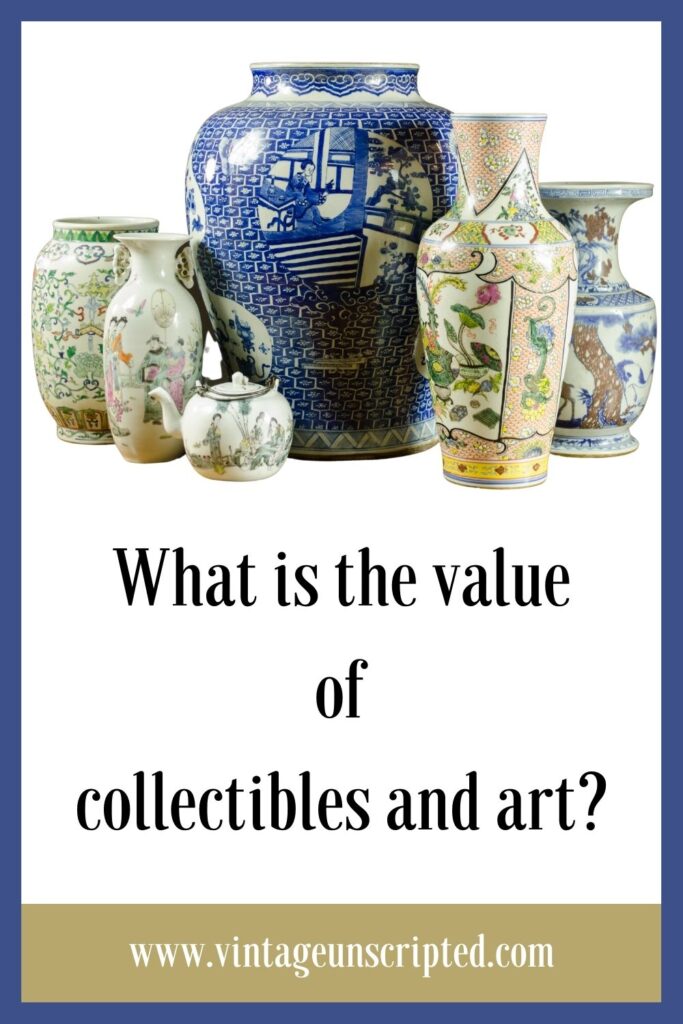

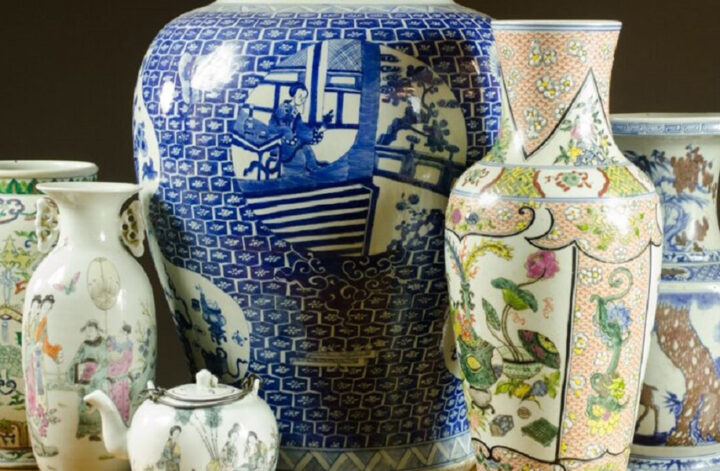

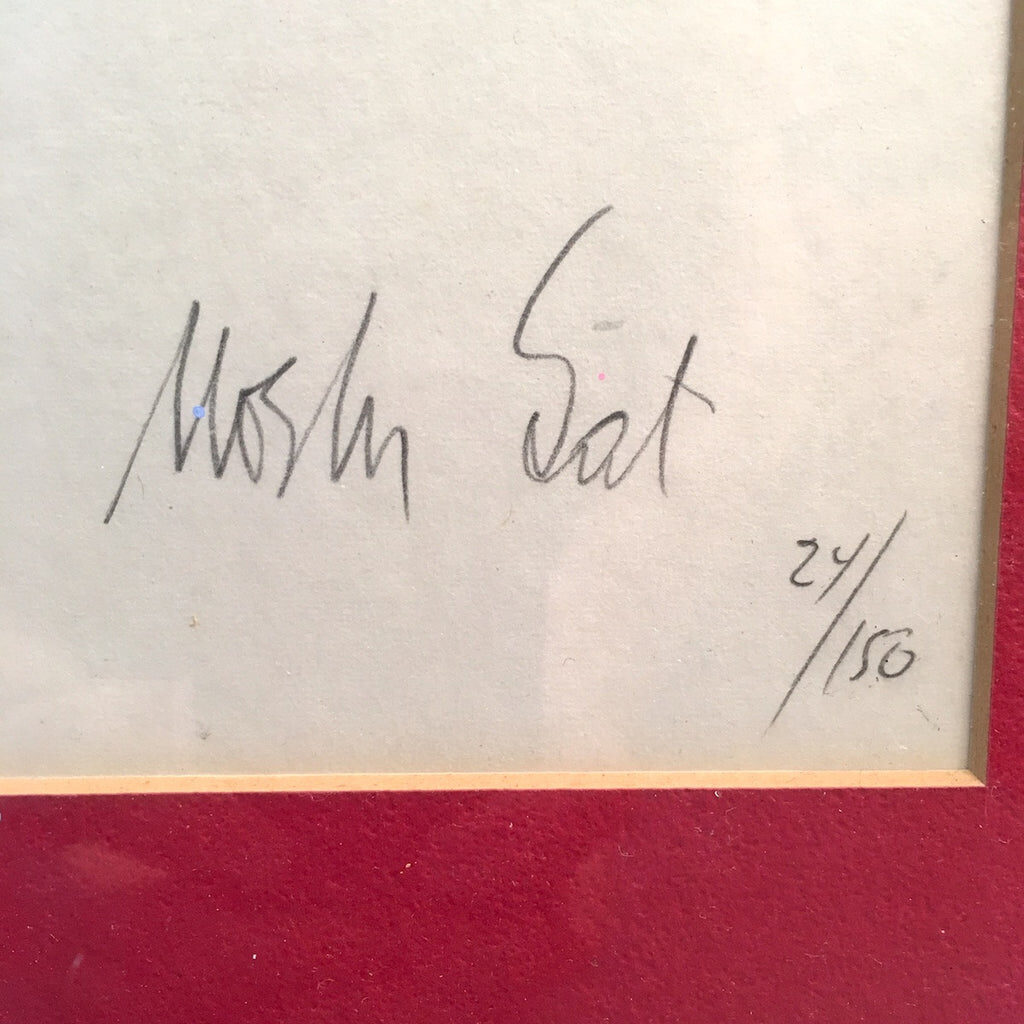
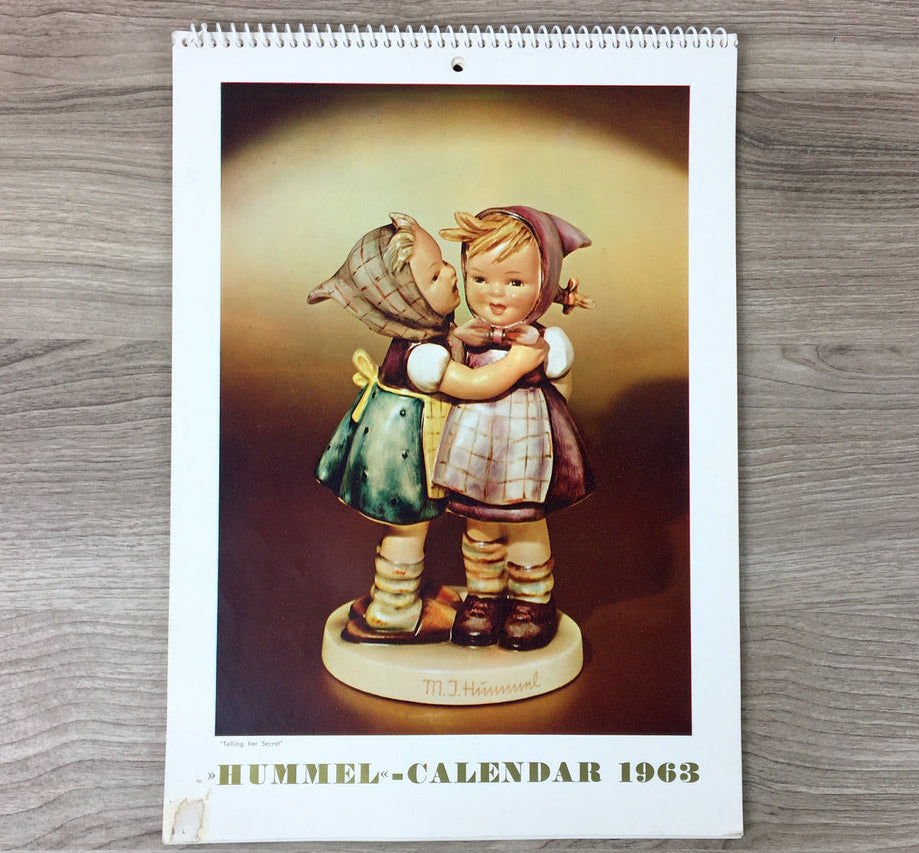


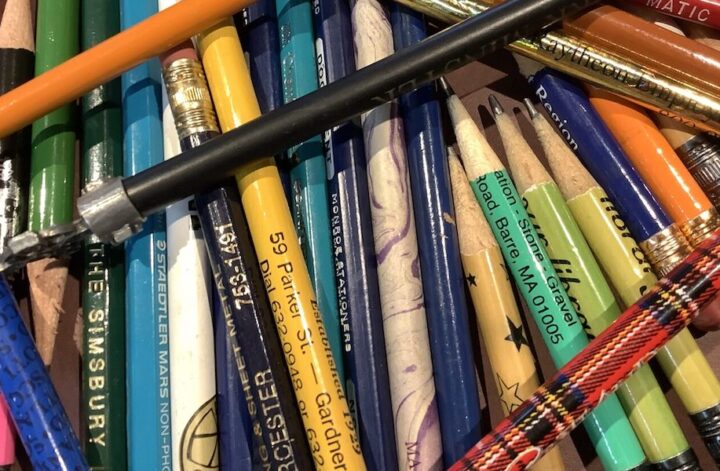

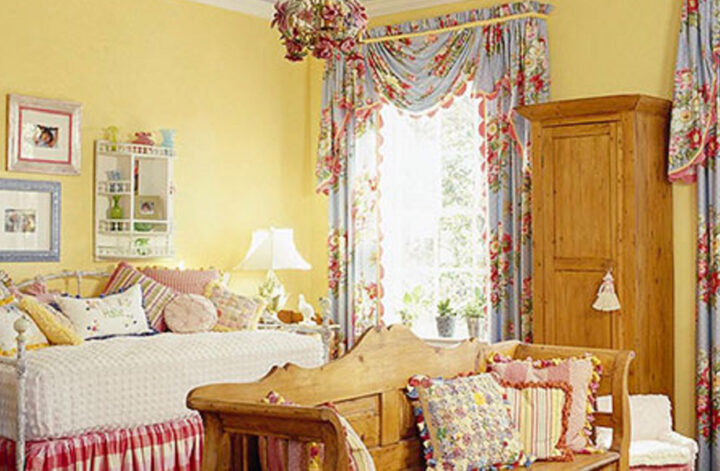
1 comment
i have vintage remote control war world model of plane and ship model for sale, need to check value and how to sell them and who are collect them.